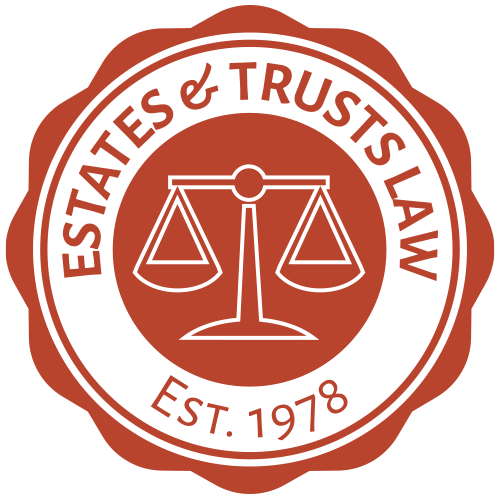Ontario Estate Trustees – Checklist to Prepare an Estate Inventory
Suddenly you’re an executor. You are asked to prepare an estate inventory.
What do you have to do?
The first step is to find out what kind of an inventory is required.
I’ll give you a sample checklist for an asset inventory. Like all checklists, it only gives you a starting point for your work.
Inventories may be required for different purposes. You may need one to divide the contents of a house and summer home. Or, perhaps you need to itemize a collection for appraisal. This could include paintings, art, comic books, etc.
Here is a typical list for an asset inventory in an Ontario estate. This is useful for calculating the provincial estate administration tax (EAT).
Assets include land, money, investments, valuables and personal effects such as jewelry.
You will create an inventory as you identify and secure assets.
You need to include in your inventory the deceased’s debts and liabilities.
Make a list of bills you need to pay. You may have to pay credit card bills, landlords and mortgages.
Your duty is to account for all estate assets. You will keep an inventory and act as a bookkeeper. Record cash you receive and bills you pay.
If you keep records online, always have back up documents for your safety.
Here are some things to identify in an estate asset inventory:
1. Investment portfolios – look for recent statements and monitor funds to ensure they are prudently invested.
2. Designated assets – include RRSPs, RIFs, TFSA accounts, life insurance and pension or death benefits. By contract or law, these are designated to go directly to named beneficiaries.
Estate trustees have no control over designated assets. They are included in your estate inventory, but not for probate. You must be aware these assets have income tax consequences.
Example: RRSPs left to a surviving, qualifying spouse have no income tax consequences to the estate. If the RRSP is designated to anyone else, the estate, not the beneficiary, pays income taxes. This tax can be 50% of the value of the RRSP.
Estate trustees must report and pay the estate income taxes.
3. Joint assets – Joint assets like bank accounts pass to the surviving joint owner. Investigate jointly-owned property to confirm survivorship benefits. Recent court cases now presume a joint bank account can be held in trust for the estate. This called a presumption of a resulting trust.
Courts presume the account was a convenience account, especially for the elderly. The court may declare no gift was intended and the surviving owner holds the joint assets for the estate. This is a complex area. Specific legal advice is required.
4. Will assets – assets in the deceased’s person’s name a car, paintings and personal property.
5. Digital assets – include anything that exists online or is stored digitally. These may have a low dollar value but a high sentimental value. These can include emails, videos and online photographs on social networking sites. Digital assets can include traffic to a blog or e-commerce business website. Are these to be continued or collapsed?
6. Assets outside of Ontario – these are not used to calculate Ontario EAT. If the estate has assets outside of Ontario, you will need specific advice.
7. Probate assets – the Ontario government has established audit procedures to review estate values for probate. This law is effective as of January 2013. To date, no regulations have been made. No auditors have been hired. However, executors may need to keep appraisals of valuable estate assets.
Read more: Executor’s Duty to Protect the Estate
About Ed Olkovich
I am Toronto estate lawyer, author and editor of Carswell’s legal guide, Compensation and Duties of Estate Trustees, Guardians and Attorneys. I am a Certified Specialist in Estates and Trusts law. I have handled estate disputes and probate problems since 1978. © 2014
Posted In: Estates, Executors, Probate On: April 22nd, 2014





 416 769 - 9800
416 769 - 9800